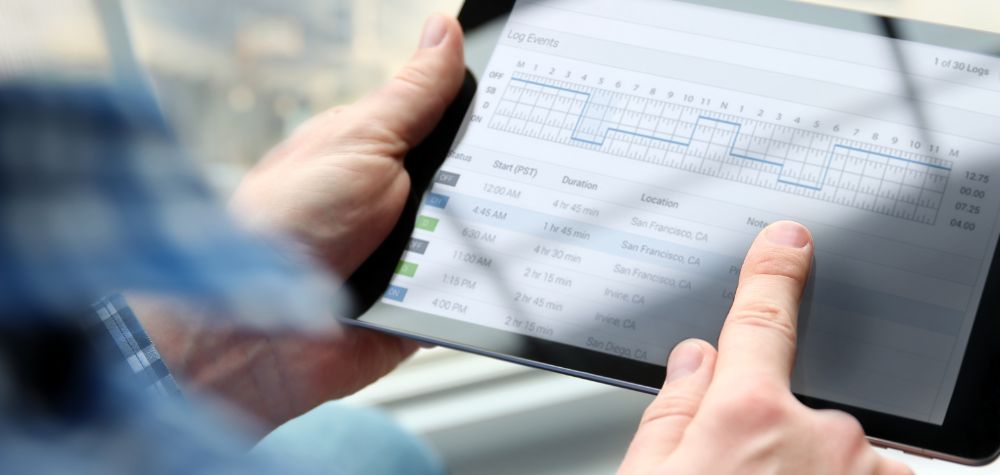
Logbooks: One Of The Best Methods For Claiming Vehicle Expenses On Your Return
As a business owner, one of the perks is the ability to claim tax deductions for expenses related to motor vehicles used in your business operations. This includes cars and certain other vehicles that play a role in running your business smoothly. The good news is that claiming motor vehicle expenses can help reduce your tax liability. Let’s explore how you can maximise this opportunity, particularly if you’re a sole trader or part of a partnership.
The Logbook Method: A Simple Way to Claim Tax Deductions
Sole traders and those operating in partnerships can claim tax deductions for vehicles used in their businesses using the logbook method. It’s a relatively straightforward approach, but it does require diligent record-keeping of your vehicle-related expenses. The expenses you can claim when using your vehicle for business purposes typically include:
- Fuel and oil
- Repairs and servicing
- Interest on a motor vehicle loan
- Lease payments
- Insurance cover premiums
- Registration
- Depreciation (decline in value)
- Calculating Your Claim with the Logbook Method
To make the most of the logbook method and ensure you’re accurately recording your expenses, consider enlisting the help of a registered tax agent. To work out the amount you can claim using this method, follow these steps:
- Keep a logbook.
- Calculate your business-use percentage by dividing the distance traveled for business purposes by the total distance traveled and then multiplying by 100.
- Sum up your total car expenses for the income year.
- Multiply your total car expenses by your business-use percentage.
It’s vital to provide the Australian Tax Office (ATO) with evidence of the expenses you’re claiming. This means keeping records of:
- An electronic or pre-printed logbook.
- Evidence of actual fuel and oil costs or odometer readings used to estimate fuel and oil expenses.
- Evidence of all other car-related costs.
The Crucial Logbook
The logbook is a critical component of this claims method, and it should contain specific information, such as:
- The start and end dates of the logbook period.
- Odometer readings at the beginning and end of the logbook period.
- The total number of kilometres travelled during the logbook period.
- The number of kilometres for each journey, which can be recorded as a single journey if you make two or more trips in a row on the same day.
- Odometer readings at the start and end of each subsequent income year for which your logbook is valid.
- The business-use percentage for the logbook period.
- Make, model, engine capacity, and registration number of the car.
If this year marks the first time you’re using a logbook, remember that it should cover at least 12 continuous weeks during the income year and be representative of your travel patterns throughout the year.
If you plan to use the logbook method for multiple vehicles, make sure that the logbook for each vehicle covers the same timeframe. The 12-week period you choose should indicate the business use for all vehicles. This ensures you maintain consistency and don’t alter your driving patterns to fit the logbooks.
Keep in mind that distinguishing between business and personal use is crucial for accurate claims. Generally, travel between your home and your place of business is considered private use unless you operate a home-based business and the trip was for business purposes.
Claiming motor vehicle expenses for your business can be a valuable tax-saving strategy, but it requires careful documentation and adherence to ATO guidelines. With the logbook method, you can maximize your deductions while maintaining the integrity of your business and personal expenses. So, get started on keeping that logbook and consult a tax professional for expert guidance on your journey to tax savings.
You must be logged in to post a comment.

+ There are no comments
Add yours